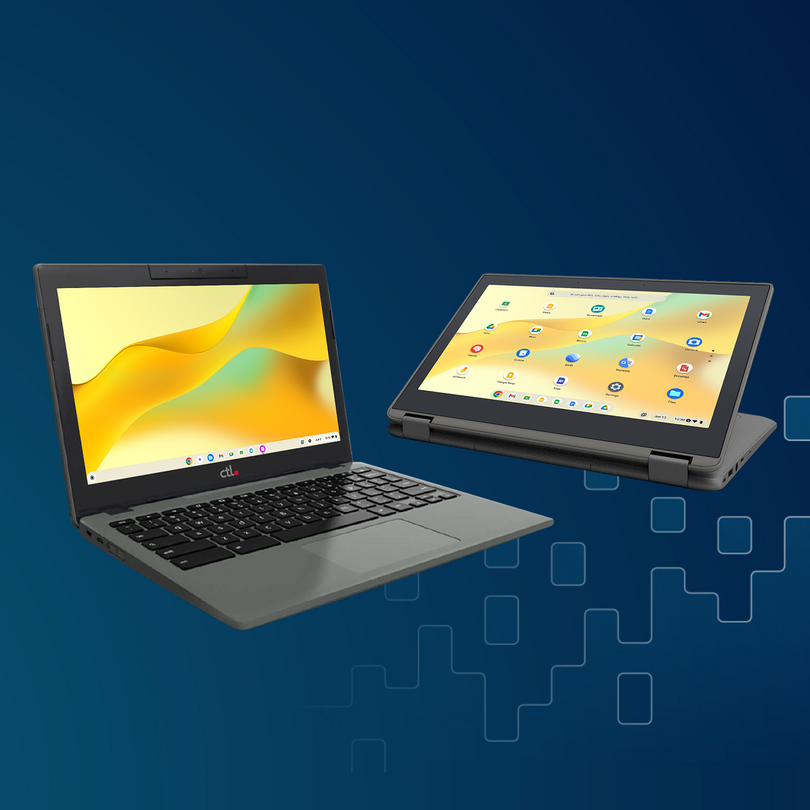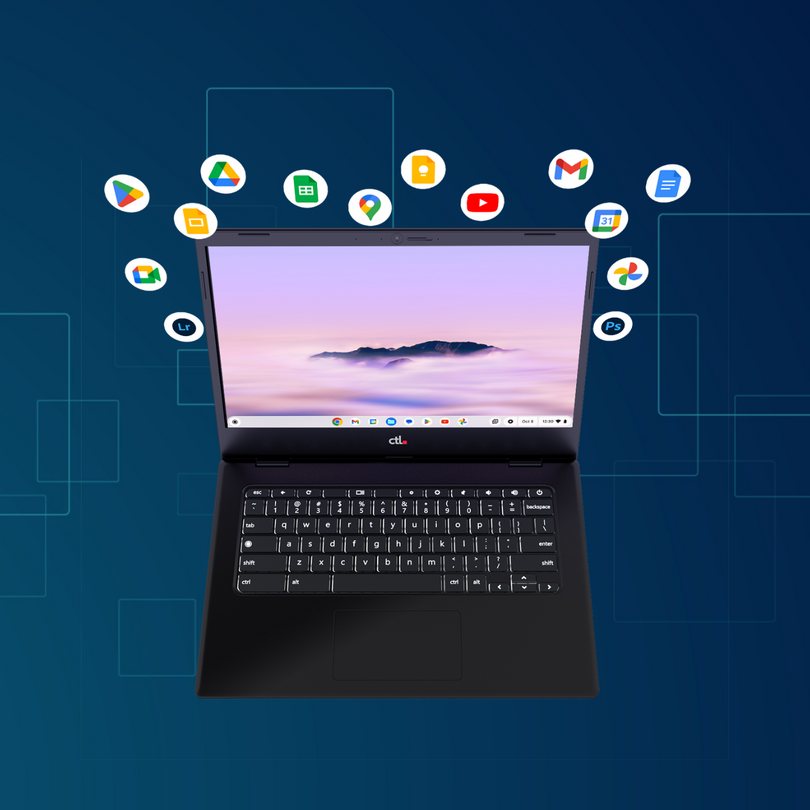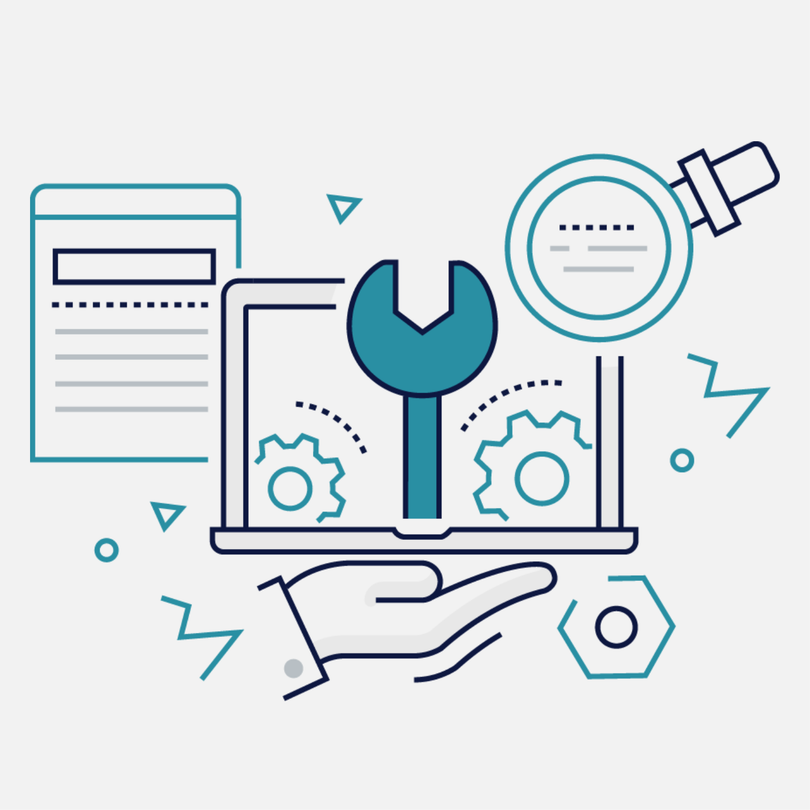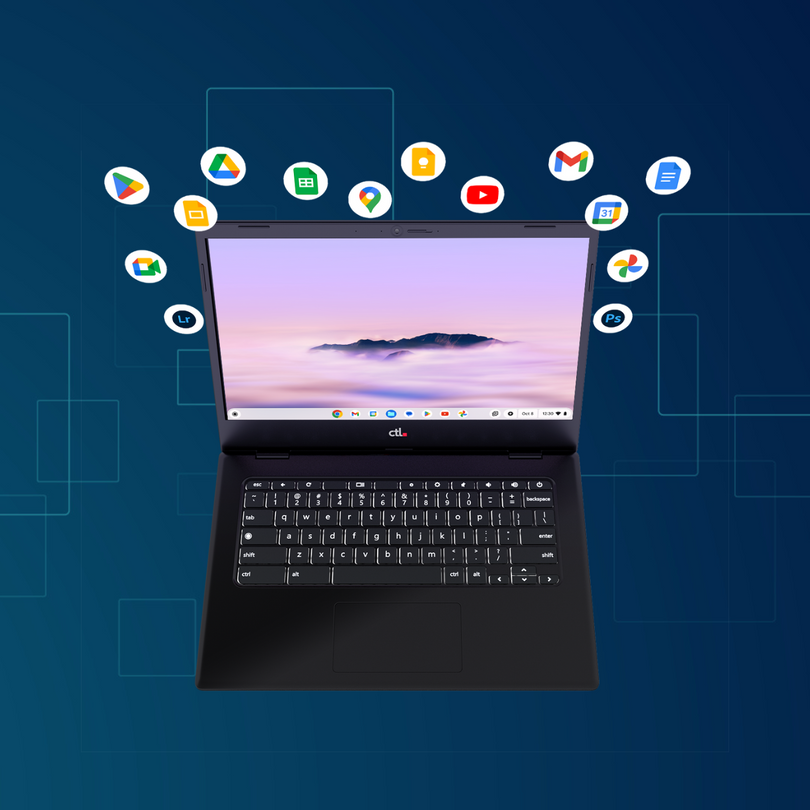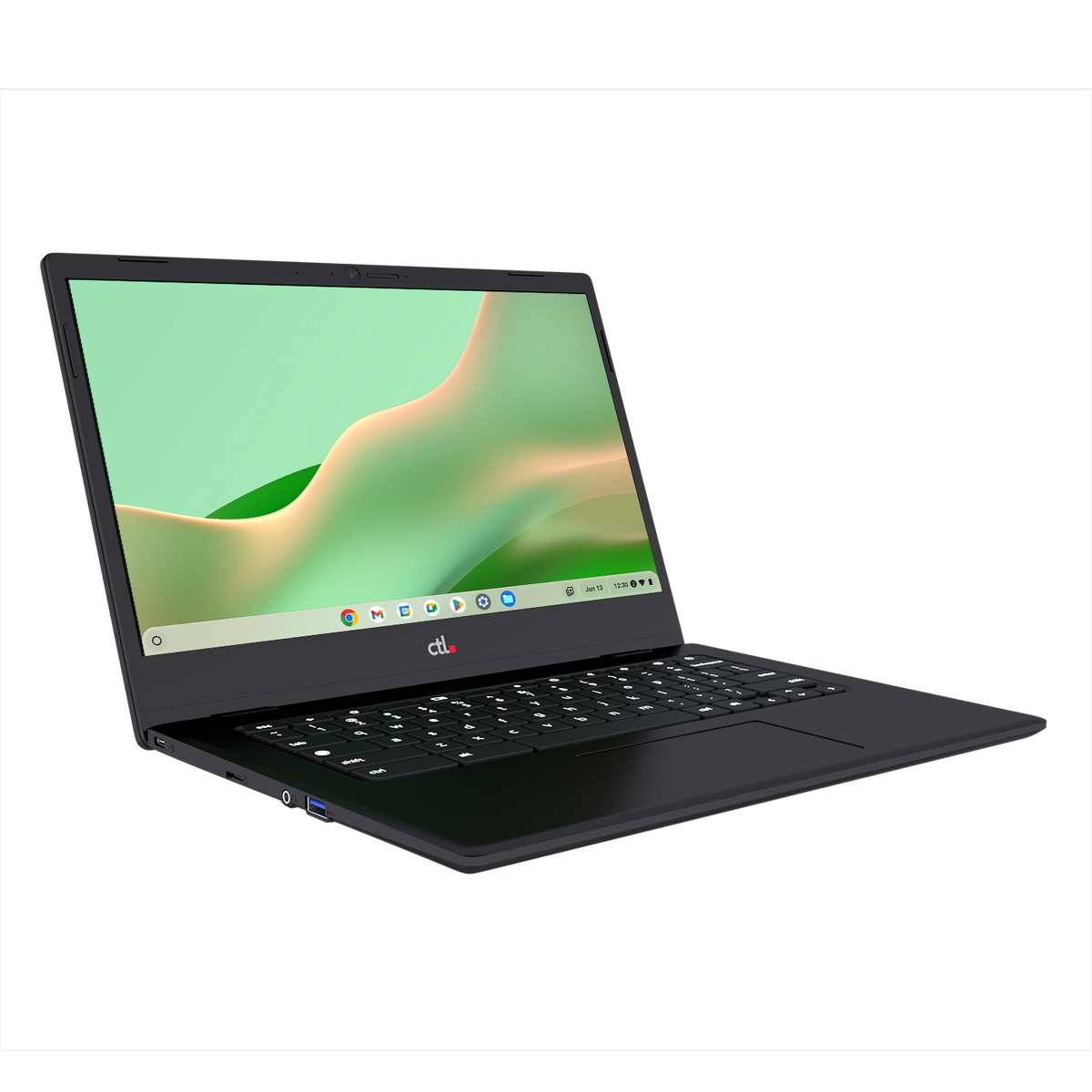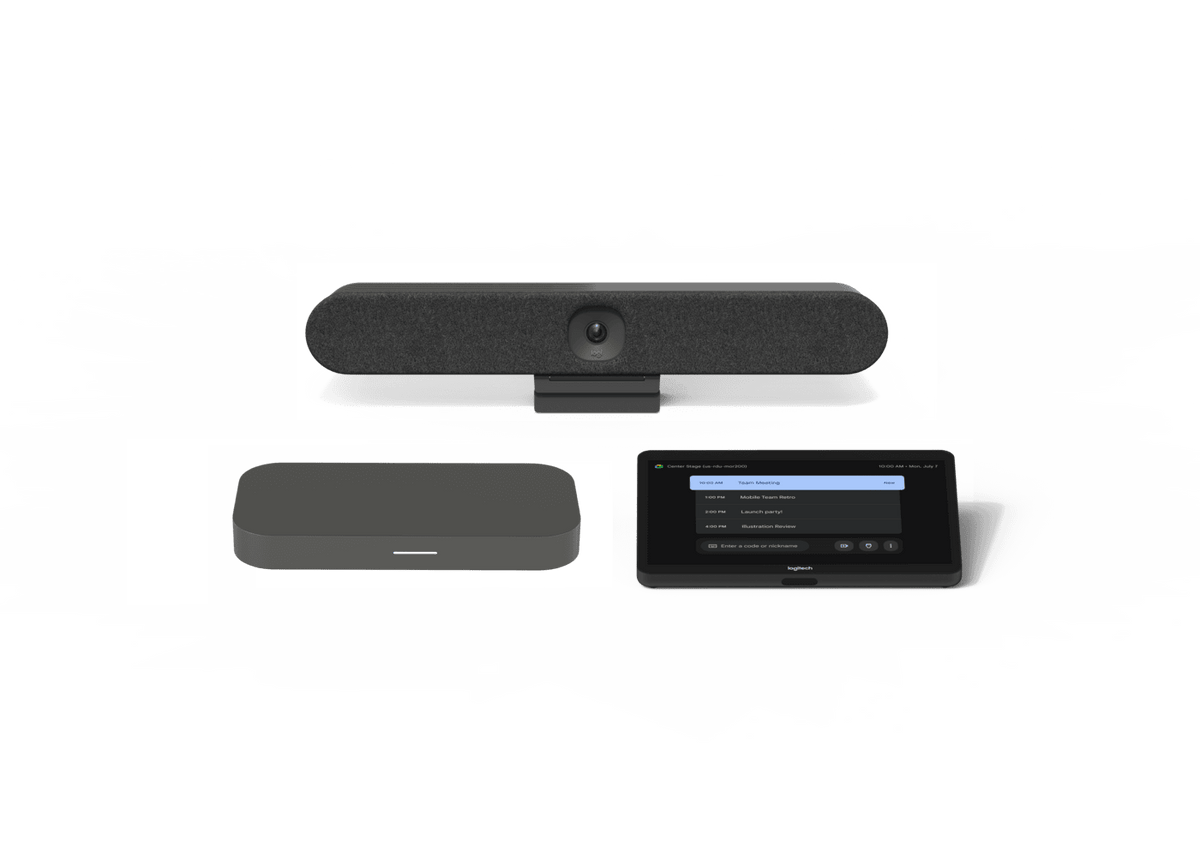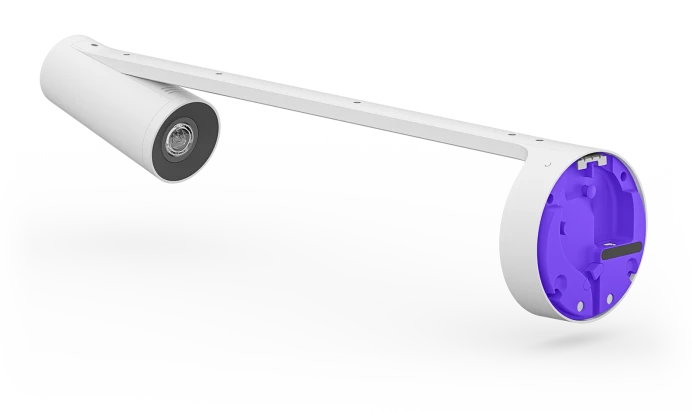Ask several teachers what a classroom looks like today, and most of them will probably mention tablets, whiteboards, and computer systems that weren’t available in the majority of classrooms as recent as a decade ago. Schools are incorporating technology into classrooms to make learning more accessible for students and teaching and grading more streamlined for educators.
For students with special needs ranging from physical disabilities to autism spectrum disorders, technology and devices are even more critical for the learning environment. Devices not only improve how students learn based on their abilities, but they can also provide more personalized instruction to help them feel more confident in school.
Technology and Its Undeniable Benefits in Special Education
From assistive devices and apps to virtual classrooms, modern technology is bringing significant changes to the special education world and its students, including the following benefits:
Increased Independence
Giving students with special needs equitable access to learning as their peers is the crux of special education, but students with differing abilities have often had to rely on the help of an aide to assist them with classroom tasks like communicating, reading, and participating.
Fortunately, the digital world has continuously grown to increase the independence of these students through assistive technology like screen readers and communication devices. The touchscreen capabilities of the CTL Chromebook NL7T, for example, is an excellent touchscreen Chromebook that offers intuitive functionality and ease-of-use that can assist students who may not be able to use a traditional mouse and keyboard.
A study conducted by researchers at the University of North Carolina at Chapel Hill followed students diagnosed with Autism Spectrum Disorder (ASD). The results showed that technology such as tablets, calendar apps, and digital planners could help students with ASD stay organized in the classroom, improve their self-management skills, and, be more independent with their learning and completion of assignments.
Decreased Anxiety
According to Understood, children with learning disorders and attention issues are often prone to anxiety in the classroom as they struggle to navigate their learning challenges. Unfortunately, many classrooms aren’t equipped to provide these students with personalized approaches to learning that differ from their typical peers. This gap can lead to anxiety for students when they can’t communicate what they need clearly or find the material exacting.
Incorporating customizable technology into the classroom may change these students’ attitudes toward education, giving them a renewed sense of confidence. Customizable technology is available through tablets, computers, and laptops with a variety of apps, extensions, and settings that can personalize learning for each student, helping them to adapt lessons to their learning needs. The material can be the same but tweaked in a way that a student with special needs can move at their own pace and better understand the lesson, therefore decreasing school-related anxiety.
Virtual Classrooms for Multiple Abilities
Getting to school every day can be a challenge for students with developmental and physical disabilities, and necessary doctor and therapy appointments can lead them to miss several days of school each year. Virtual classrooms can significantly benefit these students, allowing them to access their teacher, lessons, class, and grades, all from a device that they can take with them wherever they go.
A variety of technology available for both teachers and students in virtual classroom settings helps students who need to utilize a virtual classroom do so while still feeling like part of the physical classroom. Google Jamboard, for example, is an interactive whiteboard that teachers can use to display lessons while streaming the screen to a student’s device, allowing them to view and collaborate with the material. Webcams and video conferencing kits bring the classroom to students wherever they go by streaming the teacher, classroom, and lessons, or providing an opportunity for one-on-one virtual lessons.
Inclusive Classrooms
A primary goal of today’s teachers and parents is creating inclusive classrooms where special education students are just as involved in the classroom as typical students, whether they participate in person or virtually. Again, modern technology has helped to build a bridge between special and standard education by allowing students of all abilities to learn in ways that work best for them.
Inclusive classrooms incorporate a range of technology that aid students with physical, learning, and developmental disabilities, like braille keyboards, speech-to-text and text-to-speech software, reward apps, and electronic math worksheets students can access on a Chromebook tablet or computer. When educational tools are more accessible for all students in the classroom, all students have the benefit of learning and working together.
Technology has given people all over the world access to information, resources, and other tools to which they otherwise wouldn’t have access. In special education, the positive effects of technology are even more significant. Modern technology has become a necessary piece of the puzzle for working toward a truly inclusive classroom where everyone’s needs are met, giving each student access to a bright, fulfilling future.




